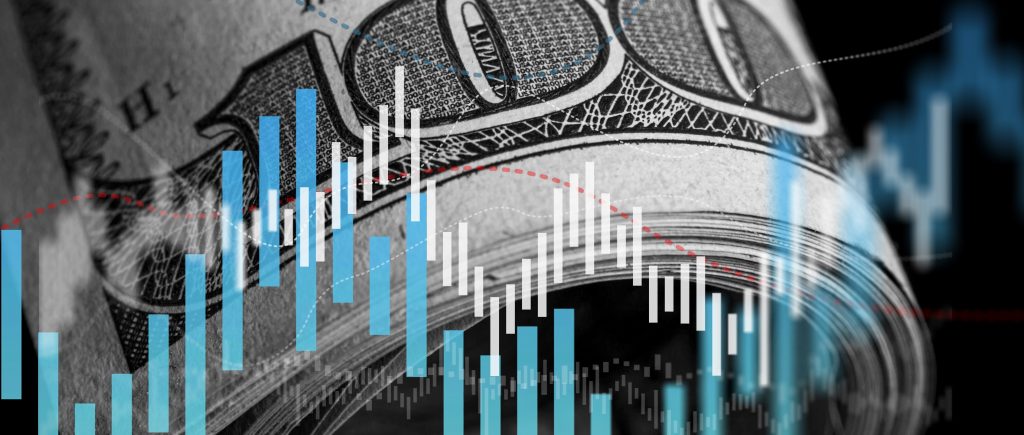The Federal Reserve’s once straightforward path towards interest rate cuts has taken a more winding route. While expectations were high for multiple rate reductions in 2024, recent economic developments and policy shifts have led to a more cautious stance from the central bank.
A Cautious Tone
Fed Chair Jerome Powell has signaled a shift in the Fed’s approach, suggesting that the current economic strength doesn’t warrant a rush to lower interest rates. This more deliberate pace of easing could have significant implications for borrowers and the broader economy.
The Impact on Borrowers
A slower pace of rate cuts, or even a pause, could lead to higher borrowing costs for consumers and businesses. Mortgage rates, auto loans, and small business loans may remain elevated, potentially dampening economic activity. This could impact housing affordability, consumer spending, and business investment, all of which are crucial drivers of economic growth.
Economic Data and Policy Uncertainty
Several factors have contributed to the Fed’s more cautious stance:
Stronger-than-expected economic data: Recent economic indicators suggest that inflation may be more persistent than previously anticipated. This could limit the Fed’s ability to cut rates aggressively without risking a resurgence of inflationary pressures.
Potential impact of policy changes: President-elect Trump’s proposed policies, including tariffs and tax cuts, could further complicate the economic outlook. Tariffs, in particular, could exacerbate inflationary pressures.
Uncertainty around the neutral rate: Fed policymakers face challenges in determining the appropriate level of interest rates that neither stimulates nor restrains the economy. Disagreements among policymakers regarding the neutral rate highlight the complexity of the situation.
Navigating a Complex Landscape
As the Fed navigates these uncertainties, it must carefully balance the risks of both excessive easing and insufficient stimulus. A premature pause in rate cuts could stifle economic growth, while excessive easing could reignite inflation. The ultimate impact on borrowers and the economy will depend on a variety of factors, including the Fed’s policy decisions, the evolution of economic conditions, and the extent to which the new administration’s policies materialize.
The Road Ahead
The path forward for the Fed is fraught with challenges. The central bank must carefully weigh the competing risks and make decisions that support sustainable economic growth while maintaining price stability. As the economic landscape continues to evolve, the Fed’s policy decisions will be closely watched by market participants and policymakers alike.
The Federal Reserve has been adjusting its policymaking due to President-elect Donald Trump’s policy proposals. The Fed has been expected to reduce its benchmark rate four times next year, on top of three rate cuts this year. However, recent strong economic reports and Trump’s proposals have led to a more cautious tone from the Fed, potentially resulting in fewer cuts and higher interest rates than expected. This could mean continued high mortgage rates and other borrowing costs for consumers and businesses, as well as high auto loans and small businesses still facing high loan rates.
Chair Jerome Powell has made clear that the Fed is not necessarily inclined to cut rates each time it meets every six weeks, as the strength in the economy gives them the ability to approach their decisions carefully. Trump has proposed higher tariffs on all imports, mass deportations of undocumented immigrants, tax cuts, and deregulation, which economists say would worsen inflation. Recent economic data suggests that inflation pressures could prove more persistent and economic growth more resilient than was thought just a few months ago.
Economists at Bank of America expect annual inflation to remain “stuck” above 2.5%, higher than the Fed’s 2% target level, in part due to the likelihood that Trump’s economic proposals, if carried out, would fuel price pressures. They now foresee just three rate reductions in the coming months, in December, March, and June.
The Fed’s policymakers face a significant obstacle in trying to gauge the right level for interest rates, as they don’t know how much further they can reduce rates before reaching a level that neither stimulates nor restrains the economy, or the “neutral rate.”

 Noor Trends News, Technical Analysis, Educational Tools and Recommendations
Noor Trends News, Technical Analysis, Educational Tools and Recommendations




